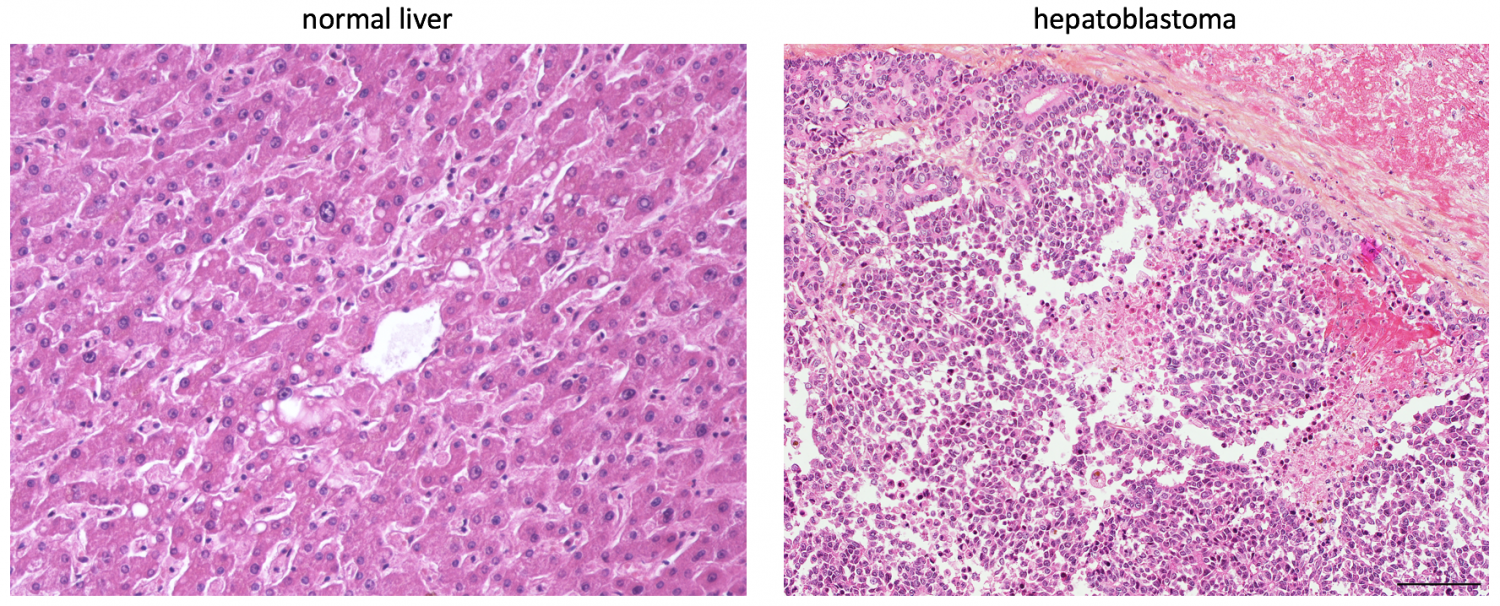
Hepatoblastoma Cause and Treatment
What is hepatoblastoma?
Hepatoblastoma is a very rare form of cancer that starts in the liver region. The disease primarily affects children from infancy to age about 3 years. Hepatoblastoma cancer cells can also spread to other areas of the body, but it’s rare. The most common site of metastasis is the lungs. Mostly the tumor being development in the right lobe of the liver.
However the exact cause of the liver cancer is not known, there are number of genetic condition that are associated which increases the risk of developing the disease. It includes Beckwith-Wiedemann syndrome, Wilson Disease, porphyria cutanea tarda and familial adenomatous polyposis. Children who are having hepatitis B or C at the early age or those who have biliary atresia, increases risk for developing the disease.
Symptoms
Following are the symptoms of hepatoblastoma. However, each patient may experience symptoms differently. Symptoms may vary depending on the size of the tumor and presence and location of it.
- Large abdominal mass or swollen abdomen
- Weight loss and decreases appetite
- Early puberty in boys
- Abdominal pain
- Nausea and vomiting
- Jaundice
- Fever
- Itching skin
- Enlarged veins that can be seen through the skin
Diagnosis
Besides complete medical history and physical examination diagnosis may include:
- Biopsy
- Complete blood count (CBC)
- Additional blood test: This includes blood clotting test, evaluation of liver and kidney function and genetic studies.
- Bone scan: this imaging test uses special radioactive material that is injected into the vein. And later cameras pick up the radioactivity part of the area.
- Multiple imaging like CT (Computed tomography scan) scan, MRI (magnetic resonance imaging), X-ray, Ultrasound
Treatment of Hepatoblastoma
Specific treatment for the disease will be determined by the doctor based on
- Age of the child, overall health and medical history
- Extent of the disease
- Tolerance of the child for specific medication, procedures and therapies
- Your opinion and preferences
Treatment for the disease is generally aimed at removing much of the tumor as possible while maintaining adequate liver function. Liver tissue can generate when removed. Other form of treatment may include:
- Surgery to remove tumor wholly or partially
- Chemotherapy
- Liver transplant
- Radiation therapy
- Percutaneous ethanol injection
- Watchful waiting
As with any cancer, prognosis and long term survival can vary greatly from child to child. Prompt medical attention and aggressive therapy are important for the best prognosis.








